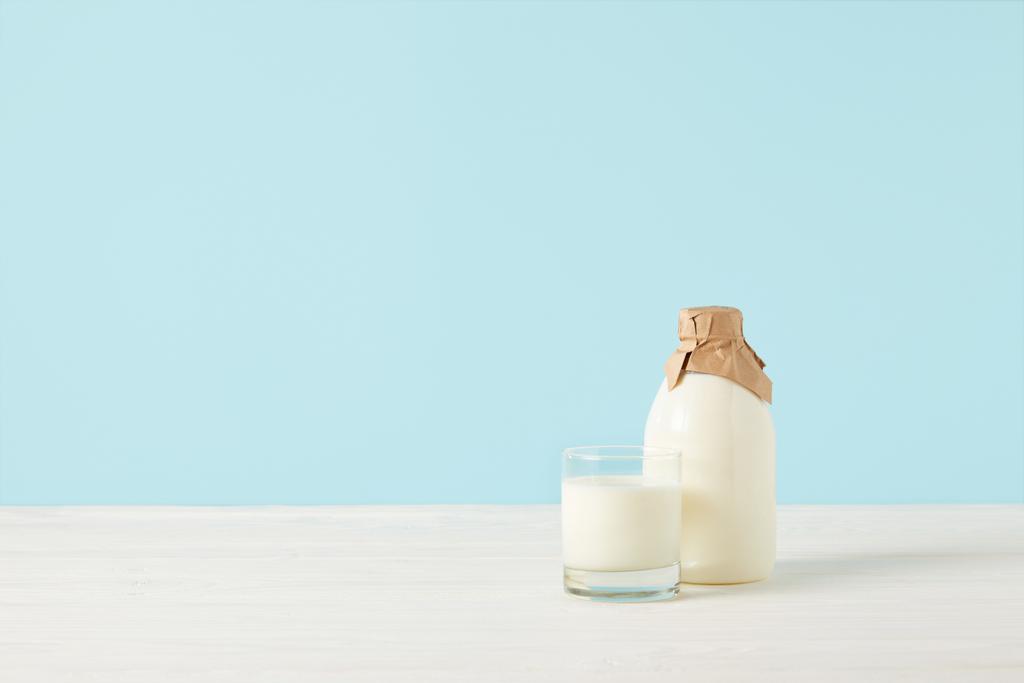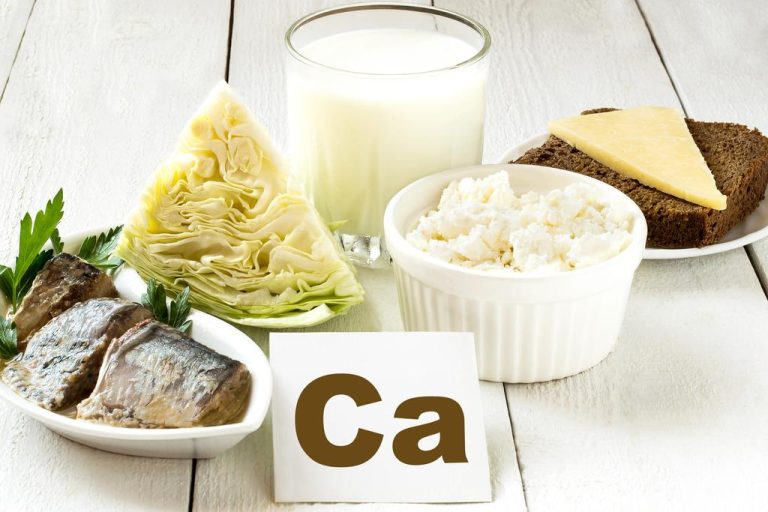Calcium – we need it for our bones and teeth, everyone knows that. It’s in milk and dairy products, but how do vegans actually meet their calcium needs?
An adult has about a kilo of it “built into” their bones and teeth! Growing children and adolescents in particular should ensure they have sufficient calcium intake. No problem, one would think, since calcium is the fifth most common element in the earth’s crust!
functions of calcium
Calcium strengthens and builds bones and teeth, that much is clear. But the mineral is also indispensable for blood clotting and other functions:
It stabilizes the cell walls
is involved in the transmission of stimuli from nerves and muscle cells,
participates in the digestion of carbohydrates,
is needed to form some hormones and
activates enzymes.
In addition, calcium plays a key role in successfully and constantly regulating the pH value of the body, which is why “overacidification”, which nutritionists blame for countless diseases, does not exist in this sense.
What happens with a calcium deficiency?
If the body does not get enough calcium from the diet, the body overexploits itself in order to maintain all bodily functions: Calcium is released from bones and teeth.
Hence the popular saying “One tooth per child”, according to which mothers lose at least one tooth with every birth because their strength decreases with a low-calcium diet during pregnancy. The bones, from which calcium is released in the event of a calcium deficiency, soften. This condition is called osteomalacia in adults and rickets in children.
Calcium overdose side effects
If you don’t swallow any dietary supplements, you don’t have to worry about overdosing, because it’s not possible to take in too much of the mineral with your diet. Anyone who regularly swallows effervescent tablets or pills with calcium can disrupt their kidney function and form urinary stones.
There are studies that indicate that excessive intake without indication in healthy people leads to higher mortality, for example from prostate cancer or heart attacks. The EFSA (European Food Safety Authority) has therefore set a maximum daily limit of 2500 milligrams.
Daily requirement of calcium
Adolescents between the ages of ten and 19 have the highest calcium requirement. The German Society for Nutrition (DGE) recommends a daily intake of 1200 milligrams, adults should take in 1000 milligrams per day with their diet.
But calcium alone is of relatively little use to the body, it needs the “installation helper” vitamin D, which is essential for calcium metabolism. Your body can produce vitamin D itself from sunlight, only a maximum of 20 percent of it is ingested through food. Stay-at-home pets should also seek advice from their doctor regarding their calcium balance and vitamin D.
To prevent osteoporosis, a stable skeleton should be ensured from a young age, and an optimal supply of calcium is particularly important for this. Even those who already suffer from osteoporosis should not take in more than the 2500 milligrams per day recommended by the EFSA in view of possible further health risks – as the total amount of calcium ingested through food and dietary supplements.
What foods contain calcium?
The daily glass of milk at breakfast in our childhood served to make us “big and strong.” In fact, dairy products are one of the best sources of calcium.
Anyone who does not consume dairy products because there are arguments against milk can also meet their calcium requirements vegan. Some types of vegetables and nuts contain a relatively large amount of calcium.
When calculating the daily intake of calcium, it must not be assumed that the total amount of calcium contained in the food is actually utilized by the body. This depends on many factors, such as vitamin D and the combination of foods.
Oxalic acid from various types of vegetables inhibits calcium absorption, coffee, alcohol, salt and protein promote calcium excretion. It is important not to take in the entire daily requirement of calcium in one portion, because the body cannot use it. Because calcium intake depends on so many factors, it is difficult to give specific recommendations for consumption.
You can use the following information as a guide:
Dairy products offer a lot of calcium, the more concentrated the milk in it, the more.
Hard cheese such as Parmesan can contain around 1200 milligrams per 100 grams, up to 10 times the amount of calcium as the same amount of milk.
Among the vegetables, kale, broccoli, fennel and Chinese cabbage are the frontrunners with up to 250 milligrams in 100 grams.
With nuts and seeds, it is quickly possible to absorb a lot of the mineral if you choose the following varieties: poppy seeds (2500mg/100g), sesame (800mg/100g) and almonds and hazelnuts (200-250mg/100g).
Wholemeal bread also contributes to the supply with 50 grams per 100 grams.









